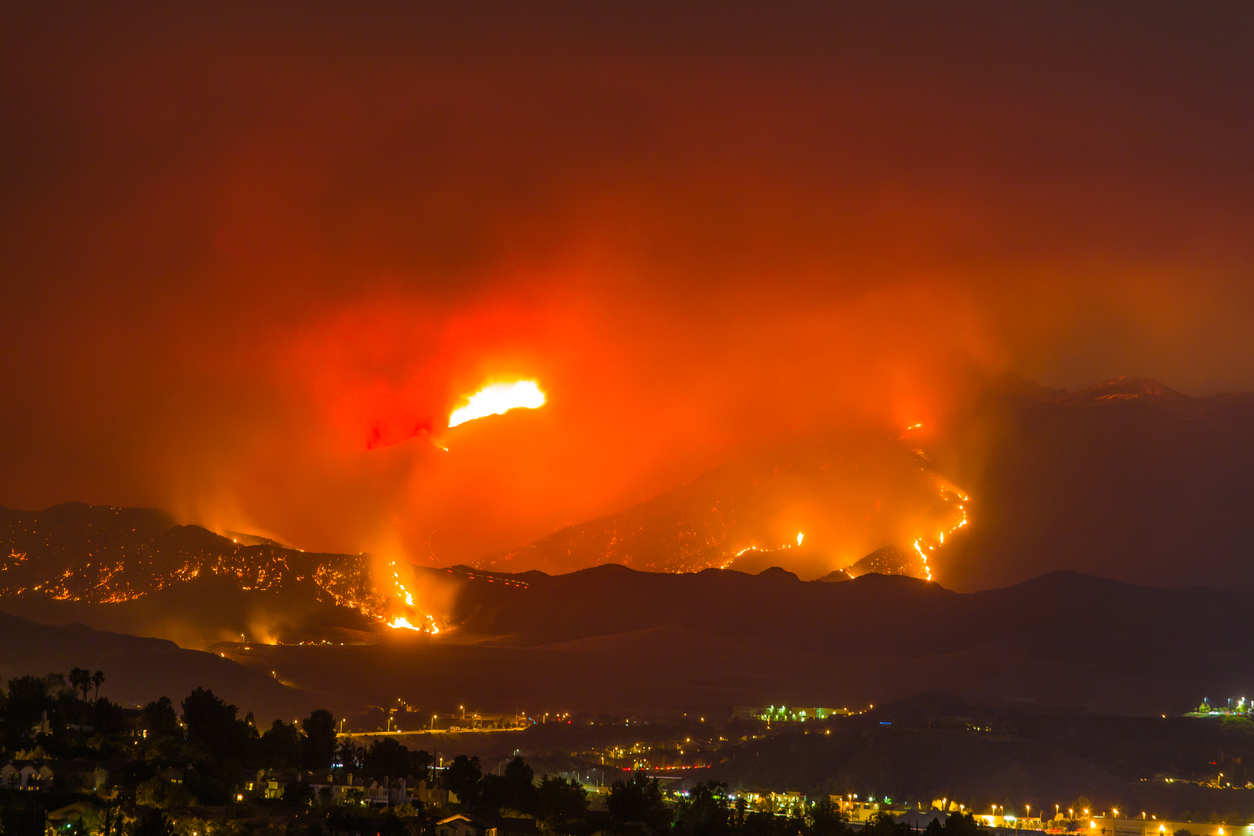Her two-bedroom house in the Santa Cruz Mountains had become too risky to insure, according to her provider, and Osborn was forced to look for a new policy in the midst of fire season.
"It was like adding insult to injury," said Osborn. "It brought back a lot of memories and fear."
Following a series of destructive and deadly fires in 2017 and 2018, insurance companies have terminated coverage for tens of thousands of California homeowners as providers pulled out of high-risk areas, forcing many homeowners to purchase policies through the state's insurer of last resort, the California FAIR Plan.
Now, as we approach the peak of this year's fire season, many more homeowners may find themselves without insurance.
"It's that time of year again," Osborn said, adding that she eventually found new private coverage for the home she's owned since 1985.
In recent years, the state has imposed new wildfire regulations aimed at lowering costs and protecting homeowners in response to growing uncertainty in the insurance market. However, the insurance industry has strongly opposed the reforms, arguing that the state should instead restructure how it regulates policy rates to account for more frequent catastrophic fires.
"Risks are increasing, and rates will need to rise to ensure insurers remain solvent and operational in California," said Seren Taylor, senior legislative advocate for the Personal Insurance Federation of California, an industry trade group.
Former Governor Jerry Brown signed legislation in 2018 prohibiting insurance companies from canceling or refusing to renew homeowners' policies in certain areas.
impacted by a wildfire for a year after the blaze In 2019, California Insurance Commissioner Ricardo Lara directed that the FAIR Plan's coverage be expanded beyond fire to include liability, theft, and other aspects of a standard homeowner's policy. Insurance companies, which manage and fund the state-created FAIR Plan, have filed a legal challenge to the regulation.
In addition, the state insurance department is expected to begin requiring providers to offer lower rates to homeowners who fireproof their homes later this year.
While consumer advocates have applauded the new rules, some in the insurance industry are concerned that they will cause providers to reduce their presence in the state even further.
"If (Commissioner Lara) goes too far, which he has already done several times," said Edan Cassidy, a broker with Cassidy Insurance Agency in Scotts Valley, near Santa Cruz.
In the aftermath of the recent fire seasons, high-end home insurers American International Group Inc. and Chubb Ltd. drastically reduced coverage in California earlier this year. Geico also closed all of its brick-and-mortar sales offices in the state this summer, though company officials said the company will continue to offer policies online.
Michael Soller, a spokesperson for the Department of Insurance, said the agency is working with the industry to understand their concerns, and he denied that the new rules would drive many insurers out of the state.
"Despite the massive wildfires we've seen in recent years, we have a strong insurance market statewide," Soller said.
According to the most recent state data, insurers terminated coverage for over 212,000 properties in California in 2020.
More than 77,000 homeowners were unable to find private insurance that year and enrolled in the FAIR Plan. This was a slight increase over 2019, but it was more than three times the number of new FAIR Plan policies in 2018.
To reverse this trend, insurance companies argue that they should be allowed to set rates based on the risk of wildfires caused by the climate crisis. The industry wants to use computer models to forecast future fire danger and guide policy decisions.
Premiums would rise as a result, but insurers would be able to write policies for more high-risk areas and drop fewer homeowners, according to insurance companies.
"We're dealing with regulations that say we can only look backward and not forward," Taylor of the Personal Insurance Federation explained. "That's what's missing in the discussions about increasing availability."
The state insurance department, which must approve changes to insurance companies' policies under a voter-approved 1988 law known as Prop. 103, currently requires insurers to calculate rates based on historical damages. Providers have been able to raise rates in recent years, but they argue that it is insufficient to protect them from risk.
According to state insurance officials and consumer advocates, changing that policy and allowing so-called "catastrophe modeling" could unfairly raise homeowner rates through an opaque and potentially discriminatory process.
"Insurance companies have claimed that 'we need to use algorithms to set insurance rates,'" said Harvey Rosenfield, founder of Consumer Watchdog. "However, under Proposition 103, they are required to use empirical historical data."
With no resolution in sight, this could lead to more lost policies and higher premiums in the coming years.
Sean Murawsky was forced to purchase a FAIR Plan policy after his insurer stopped covering his Boulder Creek home following the CZU fires. His annual premium is now around $3,000, which is roughly three times what he was previously paying.
Despite the rising costs and the growing wildfire threat, he has no plans to relocate his family.
"I'm not afraid," he said. "I know there's a high risk, but there's a high risk in a lot of places in California."













